Choosing the best plants for Bato buckets
Farmers know that the right choices for any growing operation take thought, consideration, and planning. Foresight and experience are the hallmarks of great growers, and we’ve had the privilege of working with the best growers in the industry. We’re putting their expertise to work to help farmers pick the right crops for their Bato buckets.

Good crop choice gives farmers the freedom to expand into hungry markets and scale their farm.
One of the toughest choices when beginning a new growing project is choosing your crop. Starting a new system takes a lot of investment and patience, and new farmers have to traverse a learning curve before being master growers.
A little failure is a great learning experience, but there’s a fine line between a learning experience and a threat to your business. Bad system design can lead to heartbreak. Choosing the wrong crops for your growing situation will contribute low yields, poor tasting produce, and sad growers.
A significant part of that design is crop choice. Choosing the wrong crops for your growing situation will contribute to low yields, poor tasting produce, and sad growers.
>>> Related: Bato Buckets for Beginners
The right crops, outlined in this guide, will put the grower’s mind at ease, will result in happy plants, and will provide an opportunity to perfect more specific growing techniques. This guide will explore a variety of crops that make for great options in Bato buckets. We’ll be examining the pros, cons, and possibilities for each variety of produce, and help you choose the best crop for your Bato bucket farm.
What are Bato buckets?
Bato buckets (or “Dutch” buckets) are an easy, approachable way to begin hydroponic (or aquaponic farming (although aquaponic Bato systems are more difficult). Building a Bato bucket system is simple, inexpensive, and easy to operate at any scale.
If you’re just getting started with Bato buckets we recommend you start with our Upstart University class detailing everything you’ll need to know and check out our video on how to build and assemble the buckets. Once you’re feeling situated, you’ll need to begin choosing your crops.
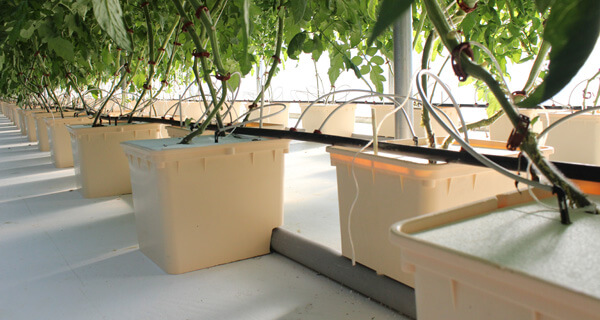
>>> Related: Best Crops for Vertical Farming
Factors for choosing Bato crops
Selecting crops is a complex choice based on your individual growing situation. Instead of recommending crops without any context or clear methodology, here’s what we consider the important qualifications for any great Bato bucket crop:
1) Breeding (hybridity)
Durability and vitality make hybrid plants more viable in Bato buckets. Although heirloom varieties are appealing, well-known and studied hybrids are a more consistent bang for your buck.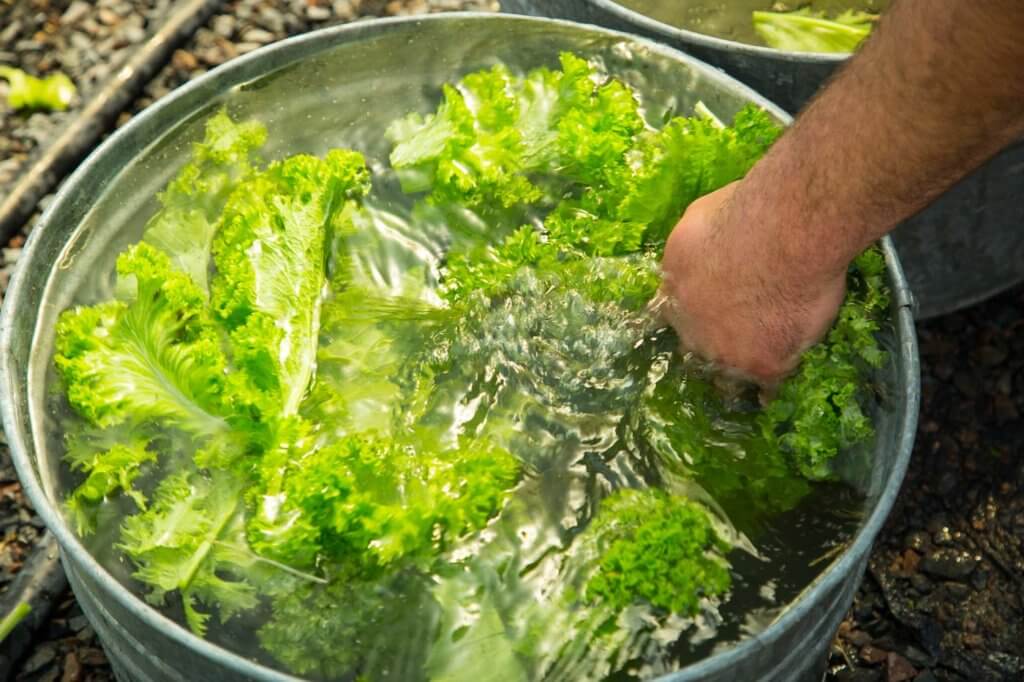
2) Yield (harvest potential)
If you’re growing for commercial sales, you’ll want to ensure that the plant will provide you with a profit! Financial planning should include numbers on yield compared with the demand you anticipate in your markets.
3) Indeterminacy
Indeterminacy is a fancy way of saying that the crop produces multiple times over its lifespan, given proper conditions. Instead of harvesting a single time, we recommend choosing crops that will provide multiple harvests. If farming indoors, indeterminacy means year-round yields.
4) Disease resistance
Bato buckets can save a lot of space but cluster together crops, creating a vulnerability to disease. Tougher plants mean less risk and disappointment.
5) Footprint & plant style
The plants chosen for your Bato buckets will greatly influence your space, maintenance, and harvest strategies. Some seemingly straightforward requirements like ceiling heights, power demands, and media choice can all have major repercussions for your Bato bucket operation. We suggest you make a list of concerns about your space, maintenance, and limitations and ensure the average varieties of the plants you intend to grow are compliant with those issues.
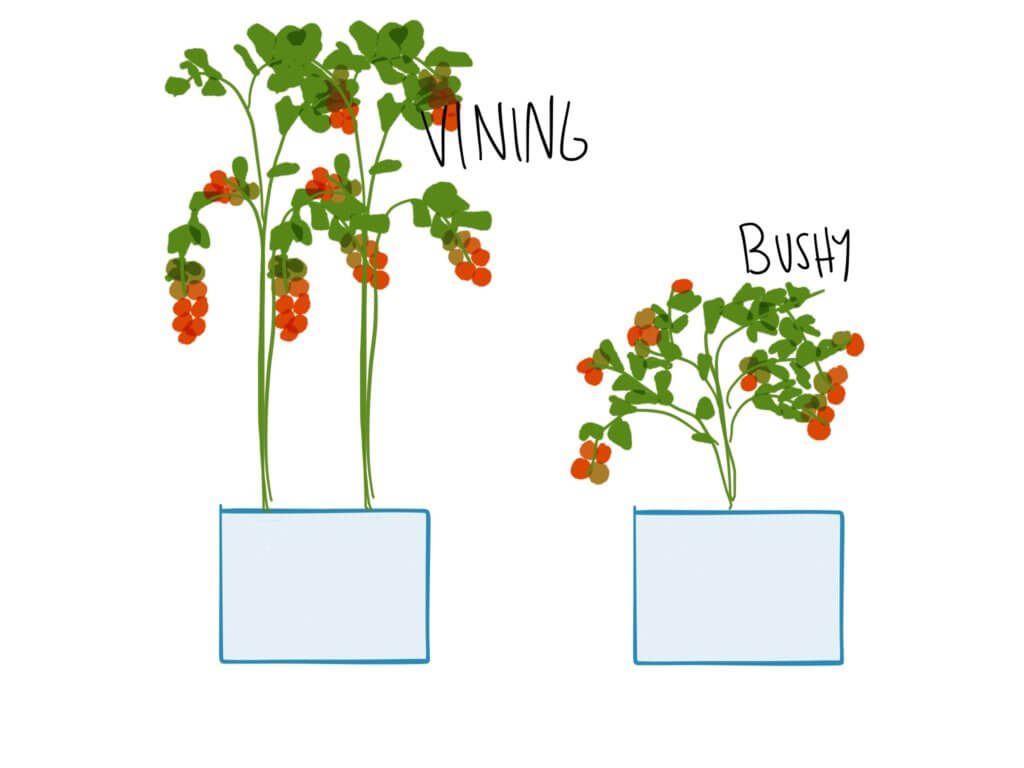 All of our recommended crops are vining.
All of our recommended crops are vining.
This means that they grow in “leaders” that vine upward or outward depending on the trellising.
Since Bato buckets are set up on horizontal planes (on benches or set on the floor), it’s important for growers to take advantage of the volume of space above the buckets as much as possible. Vining crops allow growers to do that.
Since many fruiting (nutrient-hogging and support-needing) crops are vining, this makes vining crops a great fit for Bato growers.
The trick to any successful Bato bucket operation will be pruning and trimming the plant into your available space. Be sure to consider how much space will be occupied by the particular breed of plant. For example, a commercial Bato bucket grower could plan for an individual tomato plant to reach around 15 feet tall and make do with only a cubic foot per plant at their base. A hobby grower that lacks the resources to facilitate that sort of growing operation should carefully choose breeds of plants that fit their space and resources.
>>> Related: How to build a simple hydroponic Dutch bucket system
With these qualifications in mind, here are the four most popular crops that make will make great companions for your Bato bucket growing setup:
Best plants for Bato buckets
Each of our recommended crops comes with a space requirement. This indicates the space between each bucket on a side of the Bato bucket farm. Here’s a graphic to help explain the space requirements:
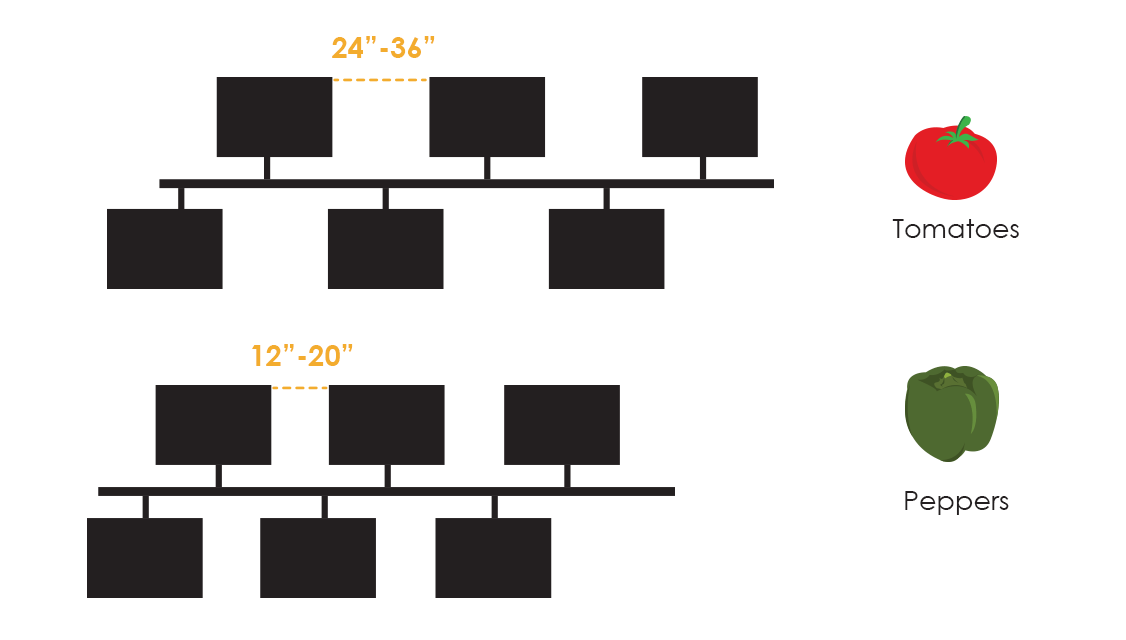
Tomatoes
Growth Time: 8–11 months
Space Requirements: 24–36 inches between buckets
Though management of tomato involves more tasks than the typical green or herb, many farmers choose tomatoes for their reliable demand. The vining crop can grow to twenty or even forty feet tall in a greenhouse setting, where growers use trellising and lean-and-lower systems to manage the trailing vines. When managed wisely, tomatoes can give a grower great bang for their buck.
Theodore Huggins, horticulturist and greenhouse manager at Crop King recommends two plants per Bato bucket, giving you maximum produce for material invested. Tomatoes’ one downside is that their taste is particularly influenced by the medium in which they grow. Ensure that your medium is at a properly maintained ratio. Be wary of outside contaminants, and always clean your systems as much as possible.
When purchasing tomatoes or seeds, look for the “VFN” label. This stands for verticillium, fusarium, and nematodes – three main resistances that will make your life as a farmer easier!
Cucumbers
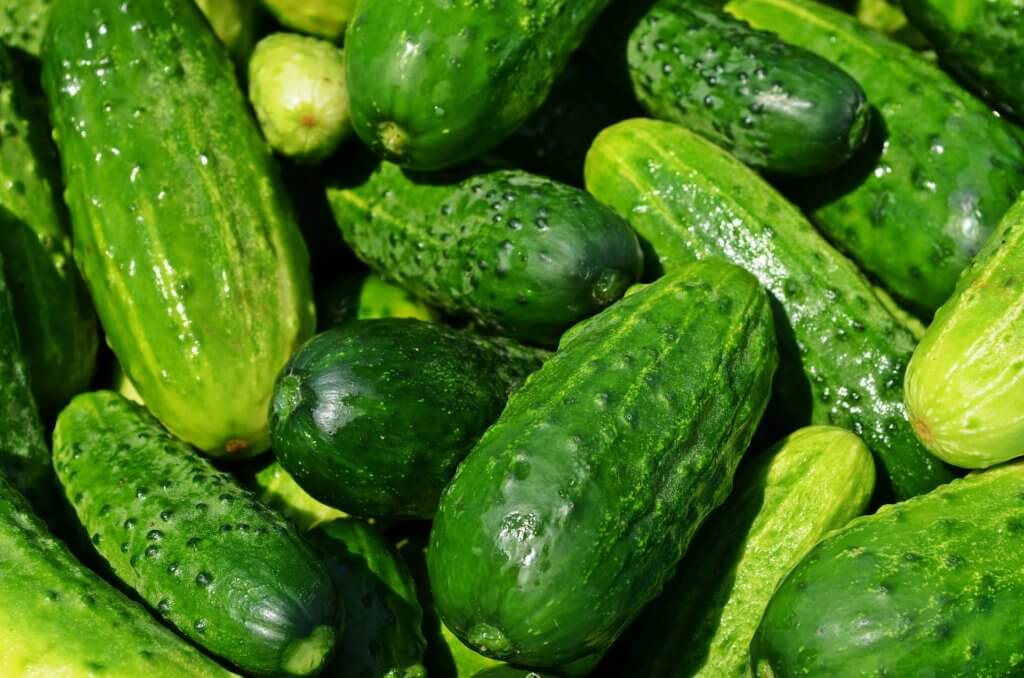
Growth Time: 3–5 months
Space Requirements: 24–32 inches between buckets
Want quick turnaround with a hardy crop? Try populating your Bato buckets with cucumbers, or more specifically, the female cucumber plant. Cucumbers come in three sexual breeds:
- a half-and-half mix of male and female flowers (monoecious)
- a seventy-thirty mix of female to male flowers (gynoecious)
- entirely female flowering plants (parthenocarpic)
By planting only female flowering plants (aka virgin fruit) you can ensure a flowering fruit with each plant, and therefore a crop that can fruit without pollination.
The one downside to the virgin cucumbers is that the pollen transmitted by bees and other pollinators can corrupt parthenocarpic plants, so be sure to keep your Bato buckets away from potential pollination. When purchasing seeds, check the packet or container for the monoecious, gynoecious, and parthenocarpic terminology. Choosing parthenocarpic means a consistent yield from each plant.
With a growth life of three to five months, cucumbers ensure that both commercial and recreational growers using Bato buckets produce yields that can be scaled up or down quickly, allowing small scale farms to meet market demand with little waste or added expense.
Eggplants
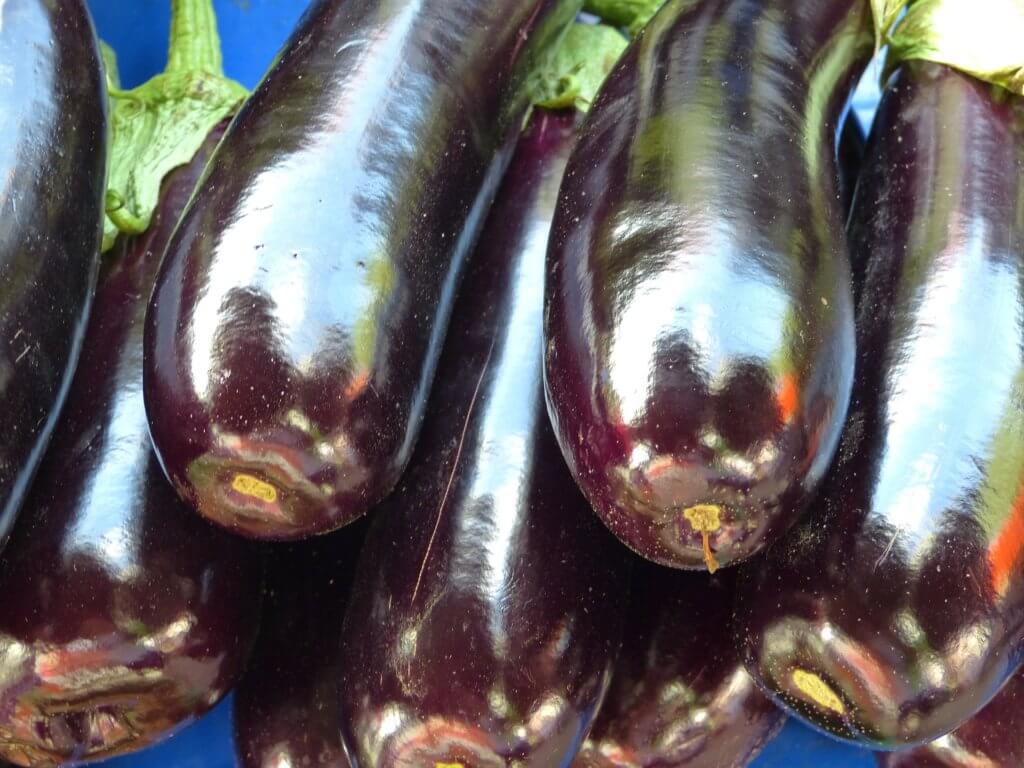
Growth Time: 4–6 months
Space Requirements: 8–16 inches between buckets
The noble eggplant is an oft-overlooked option in traditional farms and gardens, but Bato buckets open up the possibility of even the most unorthodox of plants.
Like strawberries, eggplants require finesse. Eggplants are a greedy crop, thriving at high temperatures and requiring a lot of space between each plant. Bato buckets solve the space issue, but casual growers might not be able to regulate temperatures to keep the eggplants happy while growing other crops in the same environment. Consider going all-in on eggplants to avoid juggling climate control, or take the opportunity to create an alternate Bato bucket farm to facilitate your jealous new eggplants.
Peppers
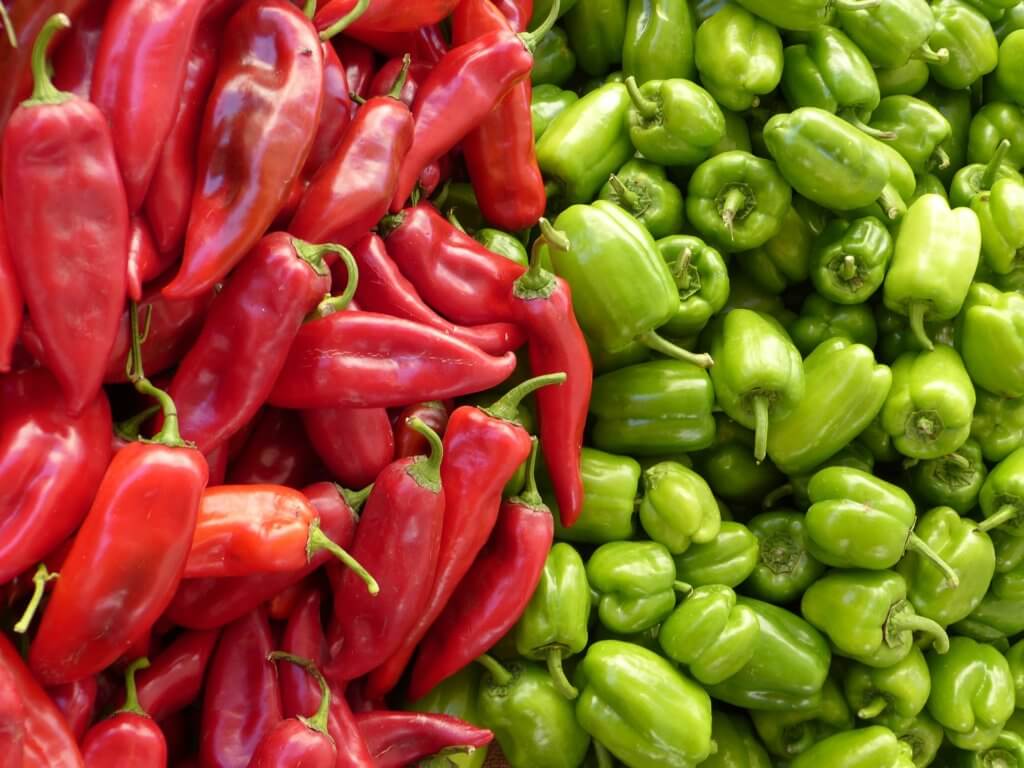
Growth Time: 8–12 months
Space Requirements: 12–20 inches between buckets
A common sight in indoor greenhouses, both sweet and hot pepper varieties are a popular choice for vertical farms and Bato buckets. The major advantage of peppers for commercial growers is their out-of-season production capability. By properly timing your harvests, growers can create a niche in local markets that large corporate farms can’t match.
For hobby farmers, our friends at Crop King recommend sticking with sweet peppers before experimenting with fussier hot or heirloom pepper breeds: because of a pepper’s unique growth patterns, the pruning technique is essential in ensuring success. Those new to Bato buckets should approach pepper cultivation carefully, and prepare to do further research on proper pruning techniques.
Picking crops for your Bato buckets?
One challenge to starting a new system is having clients lined up to buy your produce. One of the best ways that modern farmers have discovered to overcome this challenge is using a “test system” to learn how to grow.
A test system allows growers to learn the ropes and make mistakes on a small scale before going commercial. The produce grown in the test system is great material for sales calls, and many new growers use that produce as samples to hook potential clients.
For Bato buckets, a 6–12 bucket system is a great size to test and learn with. Here’s a short video showing the materials and steps to building a test system.

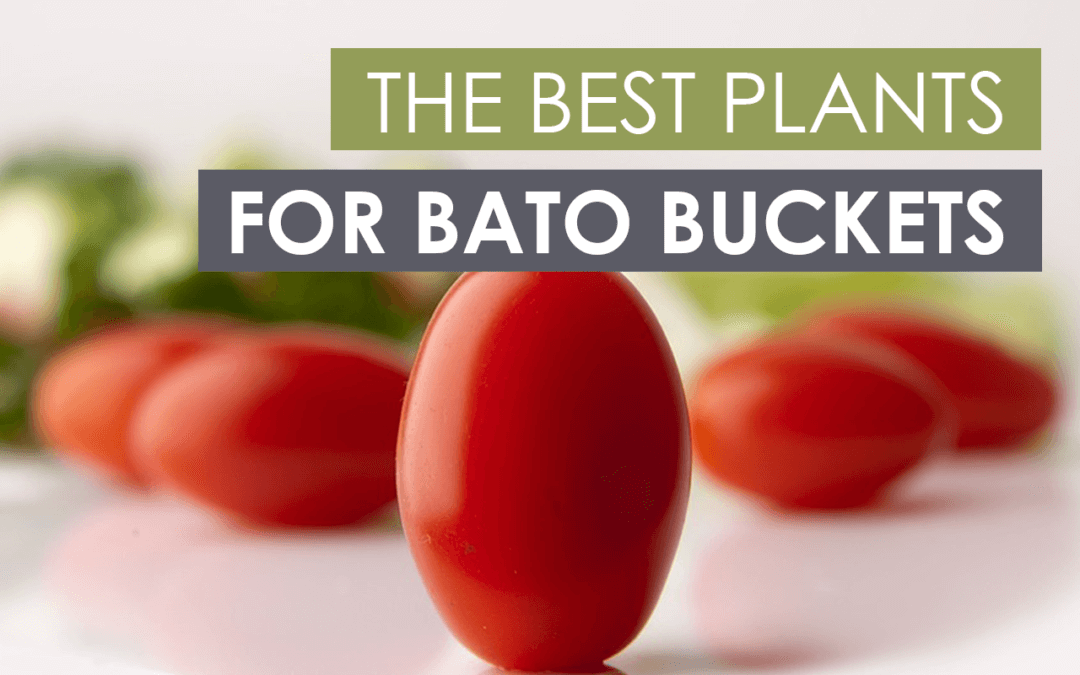
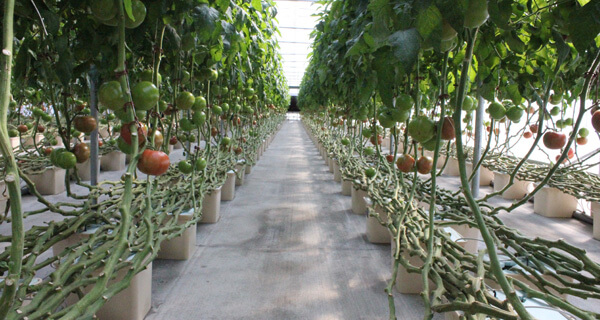
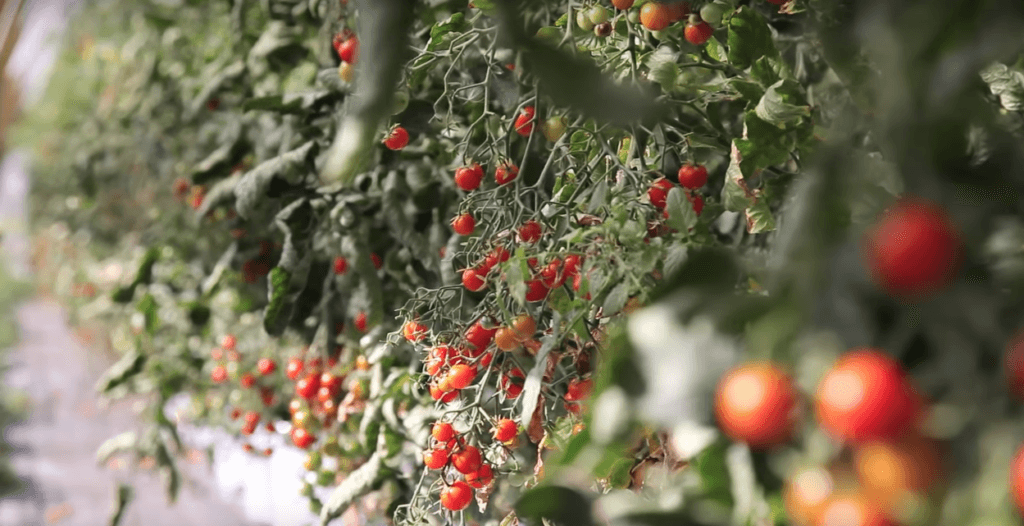

No mention of the best growing substrate to go in the Bato box, surely that is a major factor in the success of crop.
Hey Paul, that’s true. Perlite and hydroton are the two most popular media for Bato buckets. Be sure to check out our other Bato posts to learn more. (https://university.upstartfarmers.com/blog/bato-buckets-for-beginners-a-simple-system-for-vining-crops)
hi! great infos here but id like to know more about recommended EC for tomato production in hydroponics if we are shooting for maximum brix. From what ive tried so far they grow well anything between 1.5 to 3.0ms but ive heard that going higher, up to 5 or even 8 will help getting higher brix because it induces slight water stress. Ive also heard that to induce water stress with higher salt content we could use table salt to save money instead of triple dosing on nutrients, does that work? I think a thorough article about tomato growing in hydroponics would be a great addition to the already existing articles, ive searched a lot on the internet and there are some interesting infos here and there but having them centralized would be cool. Hydroponic tomatos have a bad reputation, they usually taste like shit, and a lot of us would love to grow quality fruits with the benefits of growing hdroponically.
Hey Jules, great question. We actually do have this post here: https://university.upstartfarmers.com/blog/beginners-guide-hydroponic-tomatoes
Grown right and with good varieties, hydroponic tomatoes can taste amazing. If you’re ever in Fort Collins, check out BayBerry Fresh. Just one example of hydro tomatoes done right.
hello, first : thank you for all the winderful information you are providing. I am wondering what would be the space in between the dutch bucket rows (to walk ),so at the end how many plants you may grow in 1 m2 and what wouldbe the average yield for planr or m2?thankyou for your hel
Bianca,
Plant density and yield/m2 will depend on what you are growing. We would typically go with 1 meter for the width of the walkway if you have enough space.
How many numbers of plants can we grow in an acre and what would be the space between each rows, thanks!
Hi there—
That will depend on what types of crops you are growing! For example, larger-statured plants will need a little more space than small-statured plants.